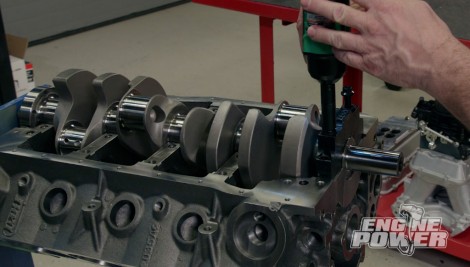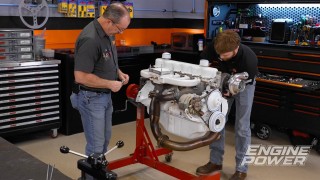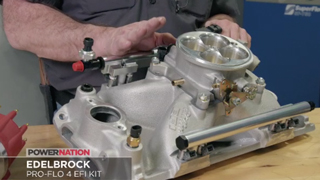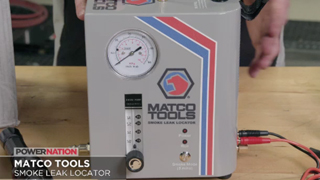
Building a Small Block Ford Race Engine
Endurance is the name of the game in building a fresh Small Block Ford race engine.
Season 6
Episode 10
Hosts: Mike Galley, Pat Topolinski
First Air Date: April 21, 2019
Duration: 20 minutes 22 seconds











































